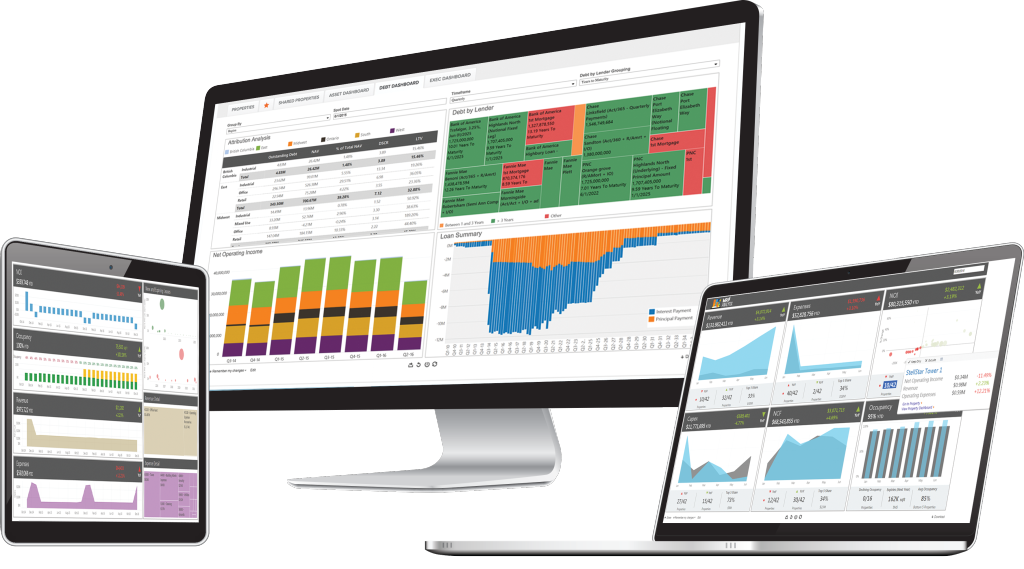New lease accounting changes will prompt many more businesses to embrace evolving property management technology
The countdown has begun, but is your business ready for new lease accounting changes that will require all publicly-listed companies to account for the value of their leasing obligations on their balance sheets? If not, time is running out – the new standards come into force on 1 January 2019 – and new property management technology trends, such as the move towards artificial intelligence, may be your best hope of complying.
The regulation, contained in the IFRS 16 regulation (or in Topic 842 in the US), means any business that leases real estate, as well as plant and machinery, will need to identify every single lease they’ve signed, check whether it is within the scope of the new rules (some short-term leases are excluded), and assess its value so that the obligation can be included in its balance sheet.
Vast numbers of businesses will have to respond to this reform. And while industries such as retail, leisure and travel, which hold large numbers of property leases on disparate sites, will be particularly affected, no company can afford to rest easily. One in two publicly-listed companies around the world will be affected by the new standards according to the International Accounting Standards Board and the US’s Financial Accounting Standards Board, which are together driving the changes.
The effects could be dramatic, warn analysts and accountants. At the supermarket group Tesco, for example, some analysts believe the company’s debt will double to almost £18bn under the new rules.
However, it’s not just the end result that businesses will have to deal with. Getting there is likely to be onerous too – many large companies are sitting on vast numbers of leases, covering real estate in markets all around the world and often held in disparate locations or by a large number of subsidiary companies. All of these leases must now be found and interrogated in order for businesses to make compliant accounting submissions from 2019 onwards.
Conducting all of that work manually will be time-consuming, burdensome and expensive for many businesses, diverting resources that could otherwise be employed on supporting the company in its growth objectives. For that reason, many companies are now exploring technology-driven solutions as they work out how to respond to the lease accounting challenge.
In particular, property management technology enthusiasts are focusing on artificial intelligence (AI) and deep learning tools, which look very promising in the context of the work required. The idea is that these tools will employ trained algorithms that will read each lease held by the company, identify and extract all of the data potentially required for inclusion on the balance sheet, and provide a decision on which of this data should be included under the terms of the new standards.
In other words, AI has the potential to automate the process of IFRS 16 compliance – and to do so more efficiently and accurately over time, as the system learns from the increasing amount of data it has processed. Some manual intervention may still be required – to check the system is delivering the right data, for example – but this need should diminish over time.
AI tools of this sort can also identify missing data that isn’t included in a lease, but which the company needs to comply with the standards. This can feed through into processes for obtaining the information required. The tools can also interrogate the lease documents to check they’re consistent and accurate – as Emilio Matthaei points out in one recent blog, this might help businesses establish that a lease which mentions an amendment, for example, actually includes this amendment on file.
In short, for large companies with many leases, property management technology such as AI tools may now offer the best possible chance of getting accounting right before IFRS 16 comes into force – not to mention managing the burden of delivering compliance. Takeaways:
- New lease accounting changes that come into force in 2019 will require companies to record the value of real estate leases on their balance sheets
- Complying with the lease accounting changes will require companies to identify and extract relevant information from every single lease document they hold
- Artificial intelligence technologies can help to automate the compliance process
- Property management technology can free up your staff for value-adding work
For more information on our lease accounting solution, please visit the IFRS 16 page.
 As the real estate investment industry evolves, financial modeling will remain a key factor in allowing real estate investment
As the real estate investment industry evolves, financial modeling will remain a key factor in allowing real estate investment